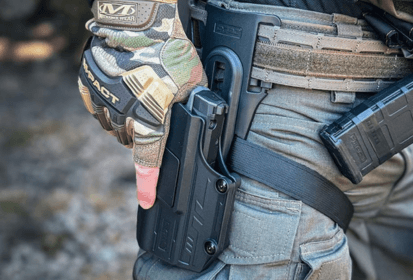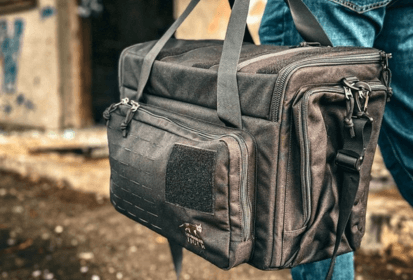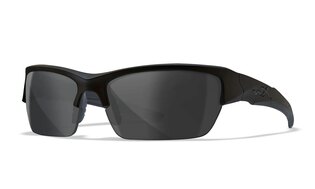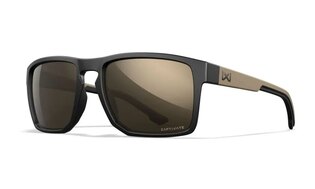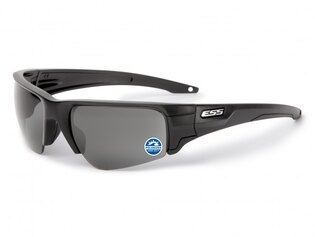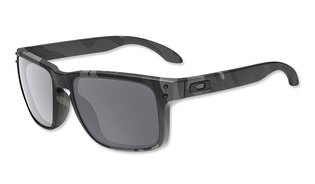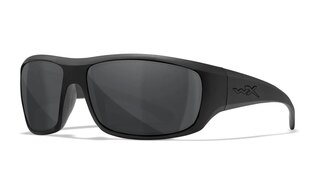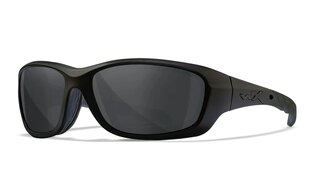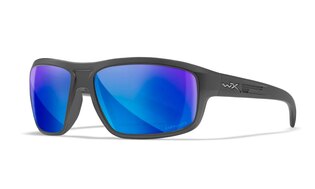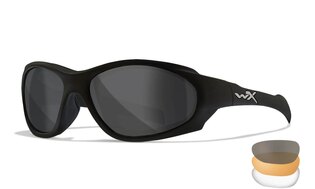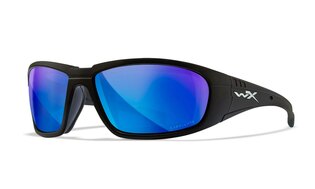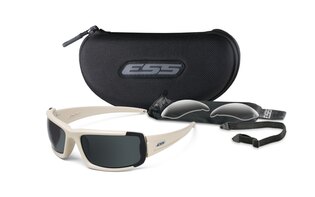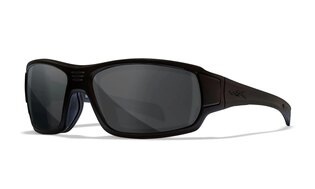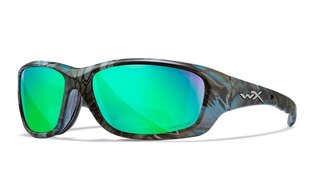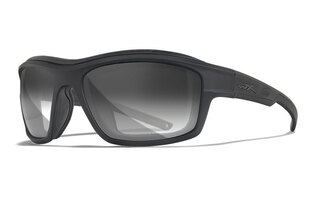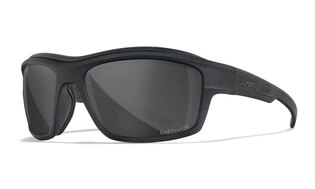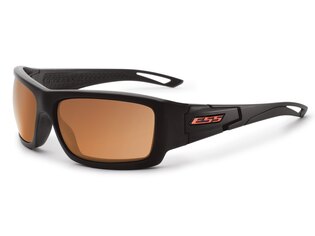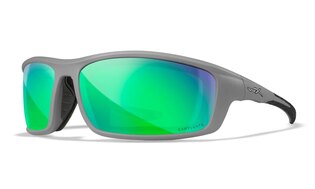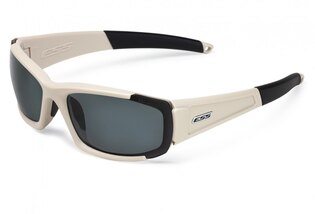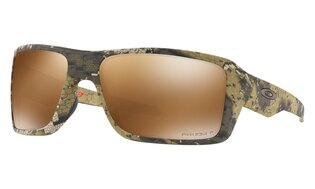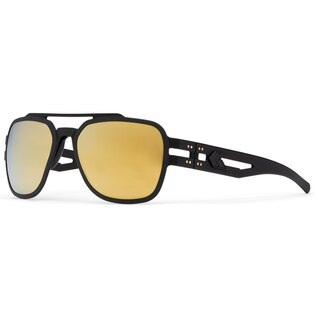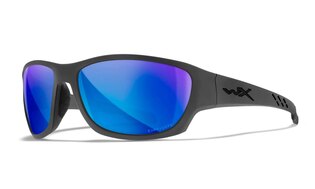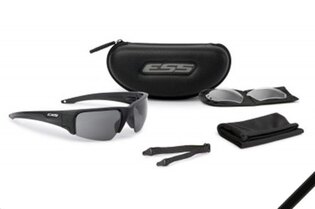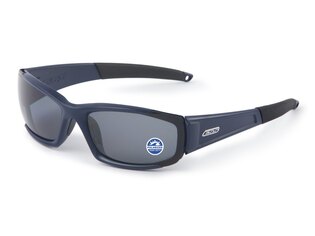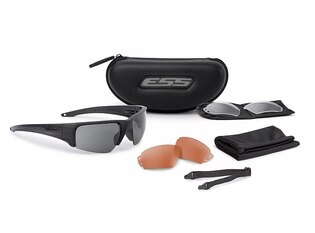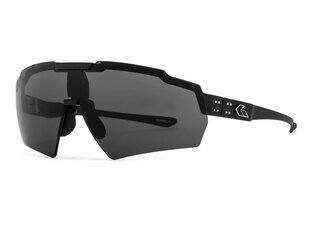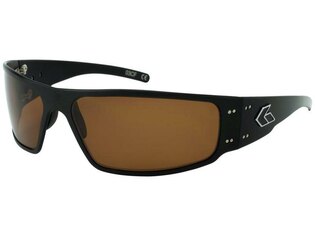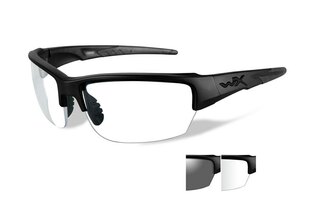How to Choose Sunglasses, Sports, and Outdoor Glasses: Complete 2025 Guide
Glasses aren’t just a fashion accessory. In action, on duty, or in the mountains, their functionality is what matters—protecting your eyes from UV rays, glare, wind, or dust. Anyone who has experienced sharp sunlight on snow or swirling sand in the field knows that the wrong model can be not only uncomfortable but also dangerous.
On the market, you’ll find everything from everyday sunglasses to specialized ballistic or glacier models. But choosing the right pair isn’t always straightforward. That’s why we’ve prepared this guide, summarizing the key parameters, explaining differences between types, and showcasing models that can handle both daily use and extreme conditions.
Categories of Glasses by Purpose
There are many kinds of protective and work glasses, but for our purposes, we’ll divide them into three main categories:
🟠 Everyday sunglasses.
🟠 Sports and outdoor glasses.
🟠 Specialized glasses for extreme conditions.
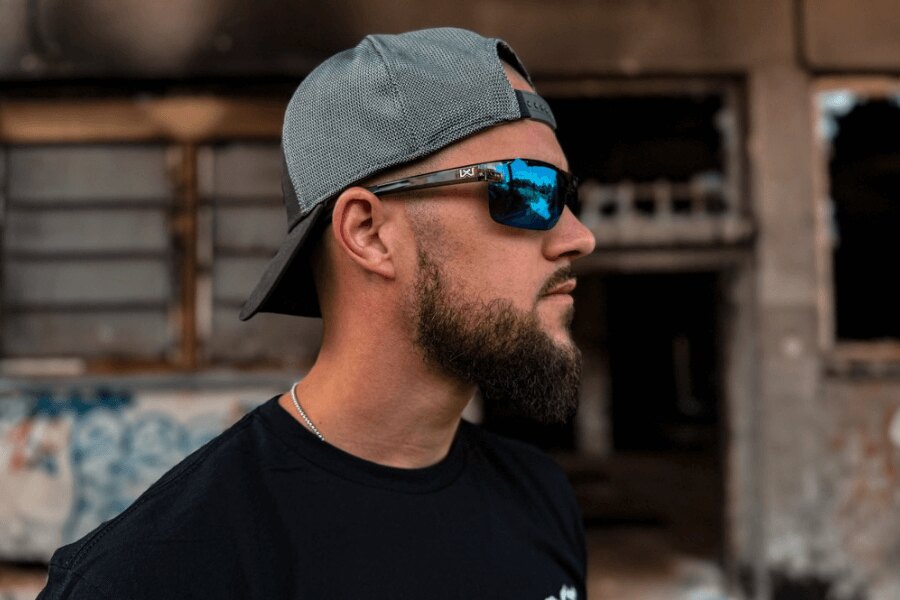
Glasses as part of everyday gear – eye protection alongside watches and other essential tools.
Everyday Sunglasses
At first glance, they may look like a fashion item, but even basic sunglasses serve a practical function—protecting eyes from UV rays and reducing light intensity. They usually use filters in categories 2–3, which are ideal for normal conditions. The advantages are comfort, low weight, and universal use—from driving and everyday wear to leisure time. Style goes hand in hand with function, which is why the choice of designs and lens colors is so broad.
Sports and Outdoor Glasses
These are built for active movement—whether it’s outdoor activities, shooting ranges, cycling, or water sports. Their construction is designed from the start to stay secure on your face, even in motion. Rubberized temples and nose pads prevent slipping, aerodynamic shapes ensure stability, and proper airflow helps prevent fogging. They often come with interchangeable lenses for different light conditions and increased scratch resistance. For the user, this means reliable performance even in demanding action.
Glasses for Extreme Conditions
In environments where UV intensity and reflected light are extreme, specialized glasses with very dark filters (category 4) are essential. These models minimize light transmission and protect the eyes from the sides as well, blocking radiation reflected from snow, sand, or ice.
They are typically more robust in construction and often include protection against wind, sand, and cold. They’re suitable for high-altitude trekking, glaciers, deserts, or arctic regions. However, they are not suitable for driving—both because of their low light transmission and legal restrictions.
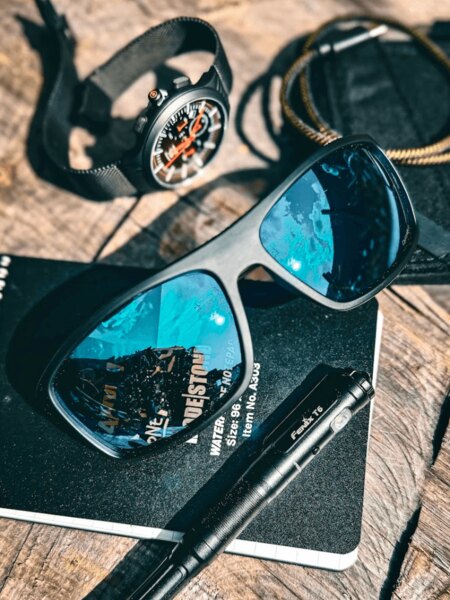
Sunglasses Wiley X – part of the gear for service and outdoor activities.
Visible Light Transmission (VLT)
One of the main parameters to determine the suitability of glasses for given conditions is light transmission (VLT – Visible Light Transmission). It indicates what percentage of light passes through the lenses to your eyes. The lower the value, the stronger the tinting and higher the protection.
The transparency is influenced by the color of the lenses, their thickness, and any special coatings. The correct filter category determines whether your eyes will be protected in the snow or desert, or if you risk glare and loss of orientation.
| Filter Category | Light Transmission | Usage |
|---|---|---|
| 0 | 80–100 % | Practically clear lenses – minimal tint. More for protection against dust, wind, or insects than against sunlight. |
| 1 | 43–80 % | Lightly tinted. Suitable for overcast weather, diffuse light, or when you want to enhance contrast. |
| 2 | 18–43 % | Medium tint. Standard for normal sunny conditions – typical for city use and everyday outdoor activities. |
| 3 | 8–18 % | Strong tint. Bright summer days, mountains, beaches, water. The most common choice for sports and outdoor use. |
| 4 | 3–8 % | Extreme tint. Glaciers, high mountains, deserts. Protects also from reflected radiation. Not suitable for driving. |
What Modern Glasses Can Do
Today’s sunglasses, sports, and outdoor glasses are far more than basic protection. Thanks to advanced technologies, they make field use much easier—from eliminating glare to adapting automatically to light conditions and offering quick lens changes.
Polarized Lenses – No More Glare
In addition to UV protection, polarized lenses feature a special layer that blocks glare from water, snow, or wet roads. The result: sharper contrast, clearer vision, and less eye strain.
Polarized lenses – best for:
- driving (especially on wet roads)
- water sports and fishing
- mountain and snow environments
- everyday wear with maximum comfort
Photochromic Lenses – Adapting to Light
So-called “self-tinting” lenses react to UV intensity. Indoors or in low light, they’re clear or lightly tinted; in sunlight, they darken automatically. The transition is fast and reversible, so the glasses adapt without user input.
⚠️ Note: In vehicles, windshields filter part of the UV spectrum, reducing the effectiveness of photochromic lenses. These are often available in prescription versions as well.
Interchangeable Lenses – One Frame, Multiple Options
With interchangeable lenses, a single pair of glasses can cover multiple situations. Have a set of lenses ready, and you can adapt to weather and environment in seconds.
Interchangeable lenses – recommended options:
- clear / near-clear (cat. 0–1) – dusk, rain, evening use, protection against wind and dust
- medium tint (cat. 2) – universal option for standard light conditions
- dark / polarized (cat. 3) – bright sunlight, water, snow
- contrast (yellow/orange) – enhanced terrain perception, improved detail visibility
👉 Practical in sports and field use—one quality frame with a lens set can replace several pairs of glasses.
Lens Colors and Their Use
Lens colors aren’t just about looks. Each tint has specific properties. While we’ve already covered polarized and photochromic types, lenses are also divided by their colors, each offering different advantages for contrast, clarity, and brightness.
Lens colors and their uses:
- 🟠 Yellow / Orange – enhance contrast and detail perception in low light, fog, or drizzle
- ⚪️ Clear / near-clear (cat. 0–1) – protection against branches, insects, and wind; ideal for cycling or running in low visibility
- ⚫️ Dark (gray / smoke / brown; cat. 2–3) – for bright sunny conditions, reduce glare; brown lenses also improve contrast
- 🔵 Mirrored – intense sunlight on snow or at high altitudes; reduce back-reflected light and eye fatigue
Coatings and Protective Layers
Beyond UV filters, quality glasses often include coatings that enhance usability and reduce maintenance.
- Anti-reflective (AR) coating – reduces glare, improves sharpness and contrast
- Hydrophobic / Oleophobic treatment – repels water and oils, makes cleaning easier
- Anti-scratch – increased resistance to minor scratches
- Mirror coating – ideal for intense sunlight (snow, glaciers, mountains)
- Anti-fog – minimizes fogging during exertion, in masks, or under helmets
- Blue light filter – useful for prolonged screen use
👉 Tip: If you use glasses both indoors and outdoors, it’s worth investing in a combination of anti-reflective, hydrophobic, and anti-fog coatings—keeping your lenses cleaner and fog-free for longer.
Materials Matter – What Glasses Are Made Of
Lens Materials
Lens quality affects not only protection but also comfort and clarity. While traditional glass lenses offer excellent optics and hardness, they’re heavy and costly. Today, synthetic materials dominate:
- Polyurethane – Highly impact-resistant, optically clear, light, and flexible. Premium option at a higher price.
- Polycarbonate – The most common choice. Lightweight, impact-resistant, and with good optical properties. Drawback: prone to scratching.
- Acrylic – Affordable but less durable and optically weaker. May slightly distort vision, better for casual wear.
Frame and Temple Materials
Frames determine whether glasses fit well, withstand tough use, and feel comfortable under helmets or caps.
- Metals (stainless steel, aluminum, titanium) – Strong and elegant. Stainless steel is heavier, aluminum more brittle, titanium lightweight and durable but more expensive.
- Plastics (nylon, TR90/grilamid, acetate) – Wide range. Nylon blends are safe (don’t shatter into sharp pieces), grilamid is extremely light, flexible, and tough, acetate is strong, hypoallergenic, and visually attractive.
- Other materials – Carbon fiber, memory alloys, wood, bamboo, and advanced biopolymers. Often used for design or hybrid solutions that combine function and aesthetics.
Jaký materiál zvolit podle použití:
- Sport a outdoor – polykarbonátové čočky + grilamidový rám (lehké, odolné, bezpečné při pádu)
- Služba / taktická použití – polyuretan nebo polykarbonát s balistickou certifikací, rámy z nylonu či TR90
- Běžné denní nošení – sklo pro špičkovou optiku, acetátové rámy pro komfort a vzhled
- Design / speciální styl – karbon, titan, dřevo či bambus pro unikátní vzhled a image
Choosing the Right Fit and Frame Size
Getting the right frame and size is just as important as selecting the lenses. Poorly fitting glasses won’t be comfortable, and under stress, they may become more of a hindrance than help. Manufacturers often list measurements on the temples (lens width, bridge width, and temple length). The total of both lenses and the bridge should approximately match the width of your face.
How to Tell If Glasses Fit Properly
Well-fitted glasses stay in place without pinching, feel balanced, and remain comfortable over long wear—even in motion or under a helmet.
- They don’t slip off the nose or press uncomfortably behind the ears
- The eyebrows sit slightly above the top edge of the frame
- The pupils are centered within the lenses
- The frame does not touch the cheeks when you smile
- The temples follow the shape of the head without pressing against the temples
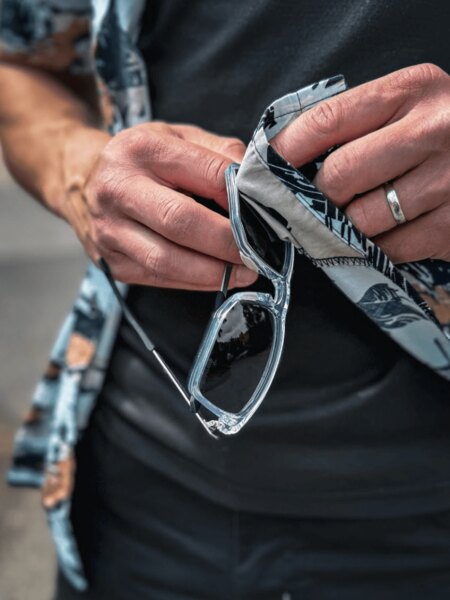
Proper maintenance will extend the lifespan of glasses – regular cleaning with a cloth is essential.
Brands and Recommended Models from Rigad
Wiley X® Valor Sunglasses
Sporty sunglasses with ballistic protection. The set includes smoke gray lenses, polarized gray lenses, and Crimson red mirrored lenses for bright sunlight. Suitable for the shooting range, duty use, or everyday wear.
ESS® Crowbar Polarized Sunglasses
Rugged sunglasses with ballistic certification, built to perform in the field and on duty. Polycarbonate lenses provide a wide field of view, while the thermoplastic frame is virtually indestructible. Perfect for service use or demanding outdoor activities.
Oakley® Holbrook™ SI Glasses
A classic from the American legend. Stylish design, UV protection, and outstanding mechanical durability. Curved lenses protect the eyes from the sides as well – ideal for daily wear, driving, or urban environments.
Wiley X® Founder Captivate Sunglasses
Versatile eyewear for both outdoor adventures and everyday use. Polarized blue lenses with Captivate technology enhance sharpness and detail perception. Excellent for water activities, fishing, or bright summer sun.
Conclusion: The Right Glasses = Greater Confidence Outdoors
Choosing the right sunglasses or tactical glasses isn’t just about style—it’s about function and safety. Once you know where and how you’ll be using them, it’s easy to select the right lenses, frame, and coatings. Whether you need reliable protection for duty, the shooting range, mountain terrain, or everyday wear, Rigad.com offers proven models from brands you can trust.
👉 Choose with confidence—quality glasses are just as vital in the field as any other piece of your gear.
Readers are further interested
